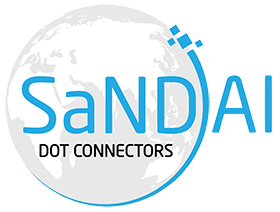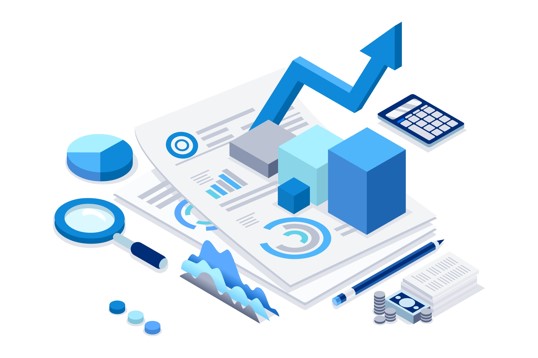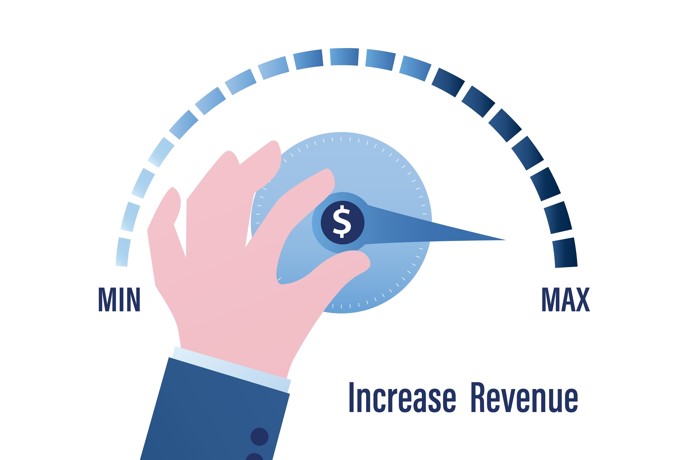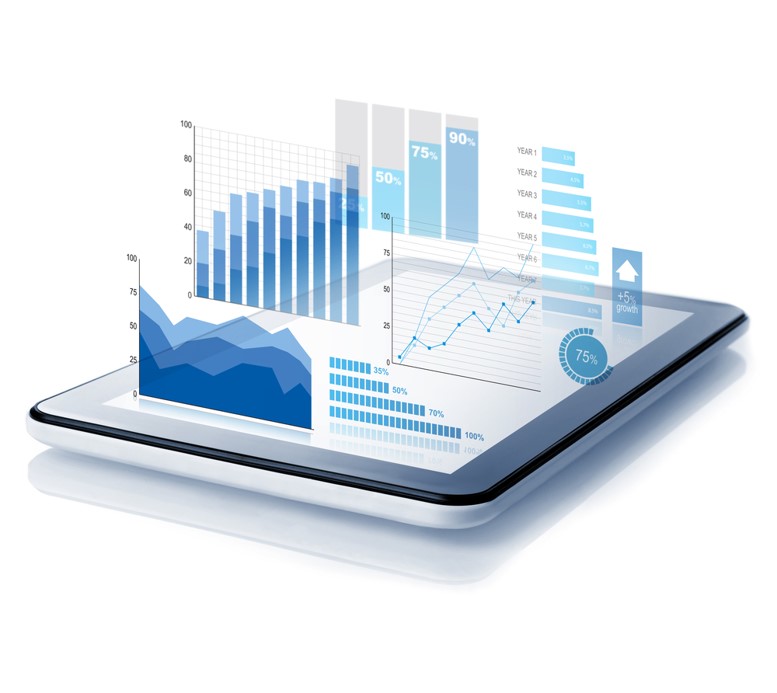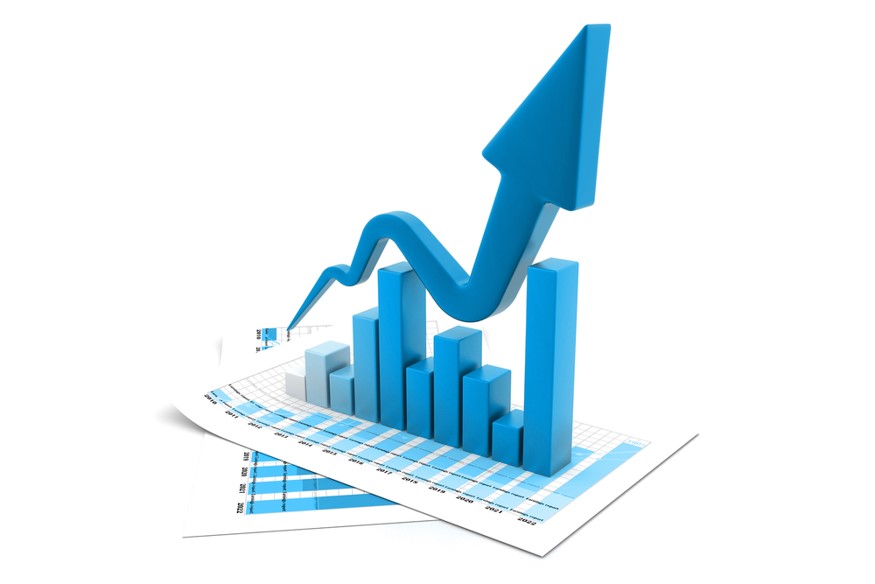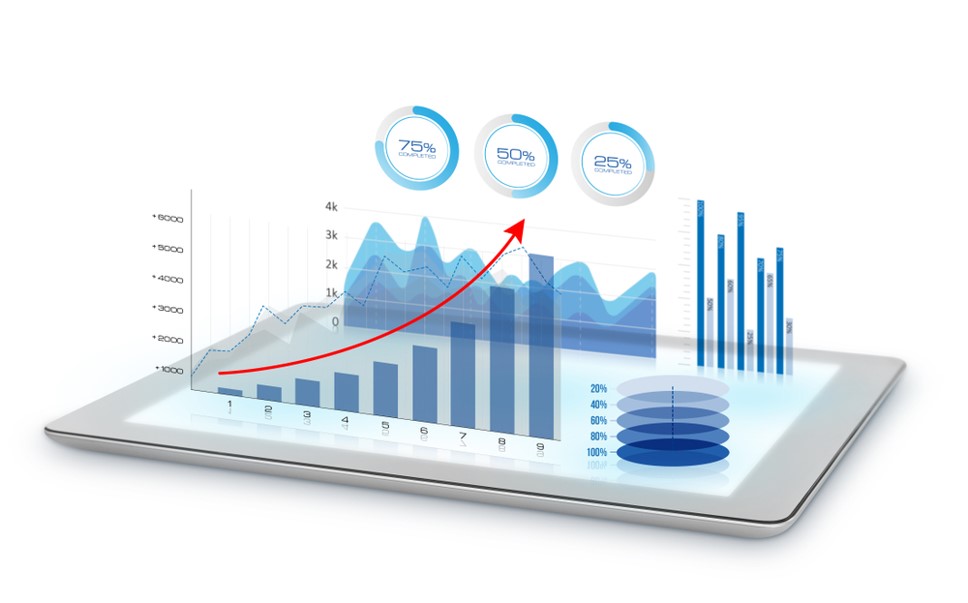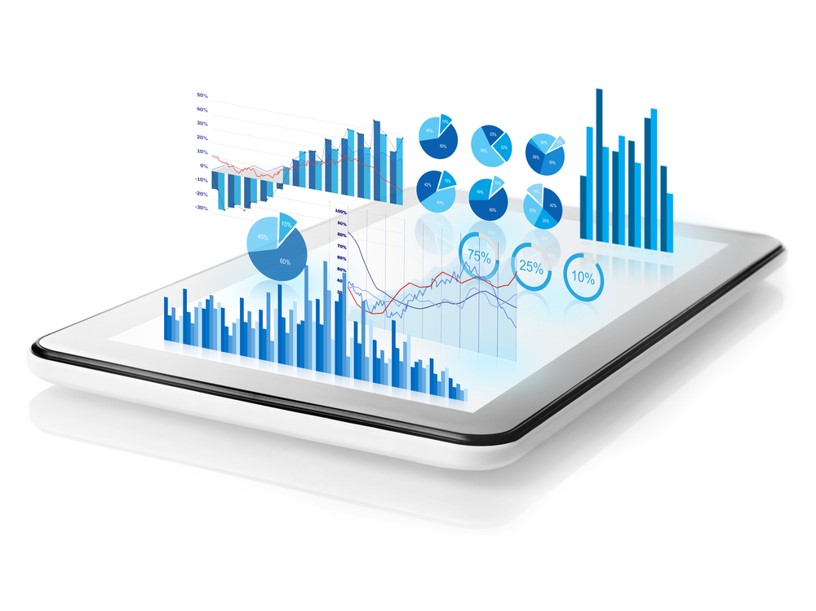Maine
Maine Community Health Center Financial Analytics Dashboard Summary
The Maine Community Health Center Financial Analytics Dashboard summary aggregates the audited financial statement data for fiscal years 2016 to 2021 of 18 community health centers in Maine.
Click the button below to access the dashboard and view community health center-specific data or keeping scrolling down to view state-level summary data.
